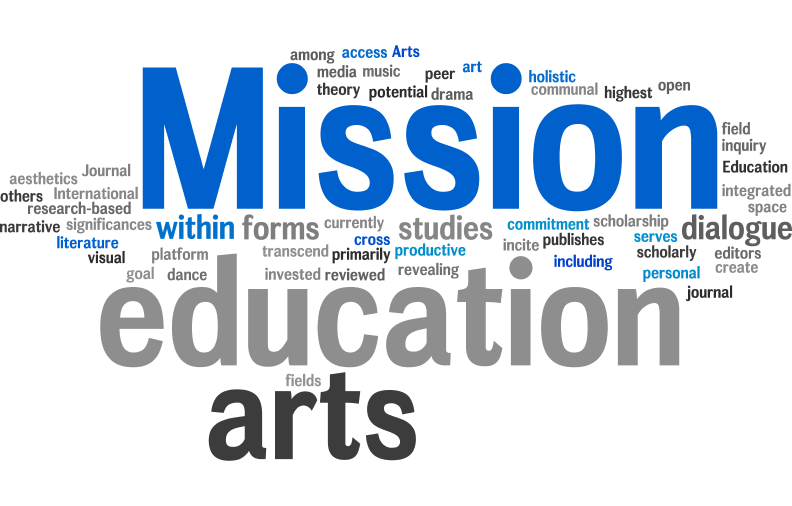| Volume 22 Number 2 | January 21, 2021 |
Arts Integration And 21st Century Skills: A Study of Learners and Teachers
Loretta Corbisiero-Drakos
Eastern Suffolk Board of Cooperative Educational Services, U.S.A.
Laura K. Reeder
Boston University, U.S.A.
Laura Ricciardi
Metis Associates, U.S.A.
Joy Zacharia
Metis Associates, U.S.A.
Susanne Harnett
Metis Associates, U.S.A.
Citation: Corbisiero-Drakos, L., Reeder, L., Ricciardi, L., Zacharia, J., & Harnett, S. (2021). Arts integration and 21st century skills: A study of learners and teachers. International Journal of Education & the Arts, 22(2). Retrieved from http://doi.org/10.26209/ijea22n2
Abstract
Arts integration and 21st century skills are increasingly relevant to addressing complex student needs in contemporary education. The Creative Classroom Collaboratives: Creativity, Confidence, & Competence (C32) study found that comprehensive arts integration approaches and peer-to-peer professional collaborations between teachers, teaching artists, and cultural partners such as museums, theaters, and arts councils had a positive relationship to students’ achievement and 21st century skill development. By reinforcing criteria that make up the core 21st century skills of creativity, critical thinking, collaboration, and communication, arts integration methods were associated with increases in student learning in a cluster randomized control trial of a study of fourth- and fifth-grade students in two school districts with low socioeconomic status on Long Island, New York. This study includes implications for arts integration in schools, peer professional development and teaching practices, and dynamic partnerships with arts and cultural partners.
Visual Abstract





